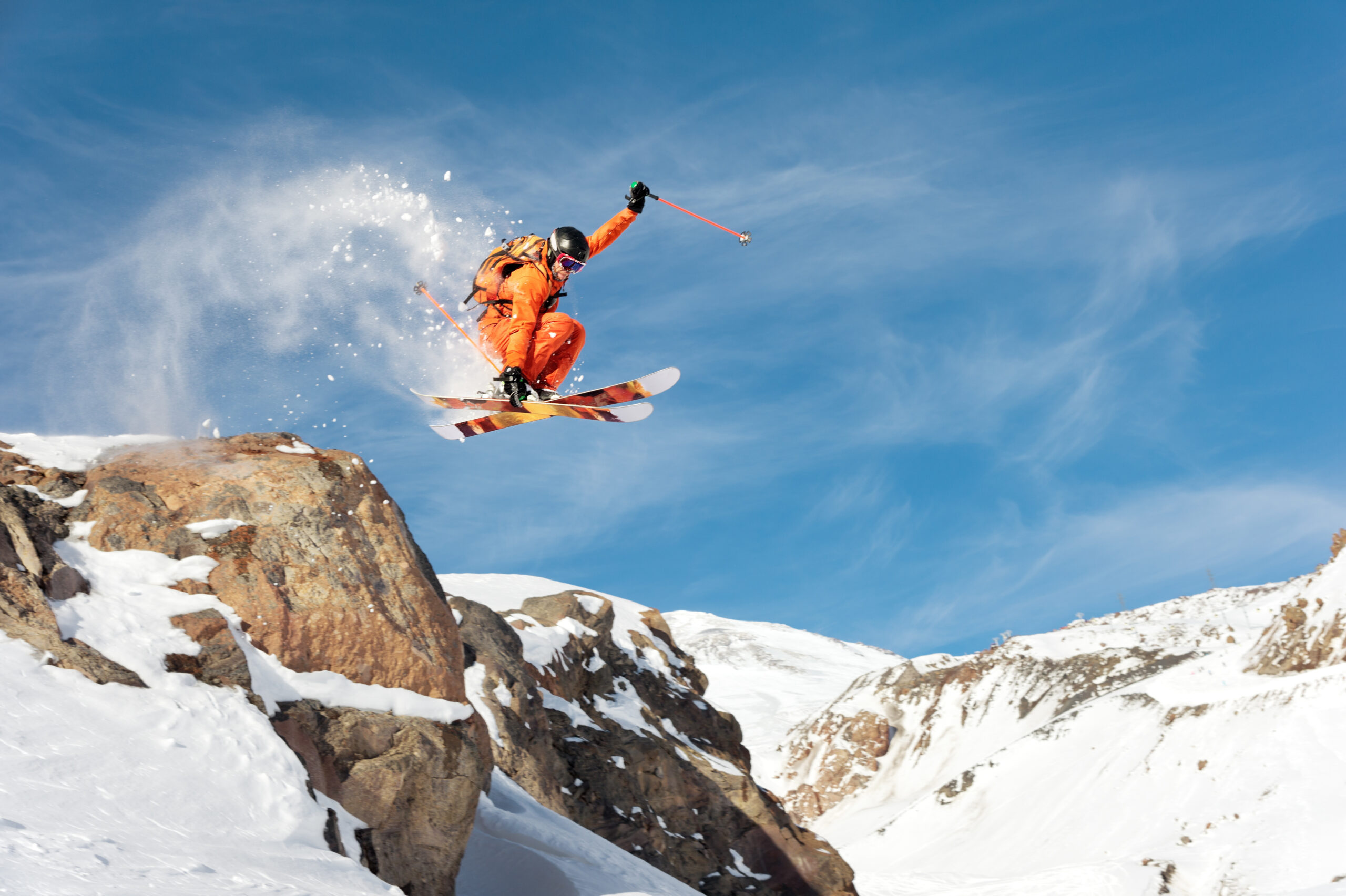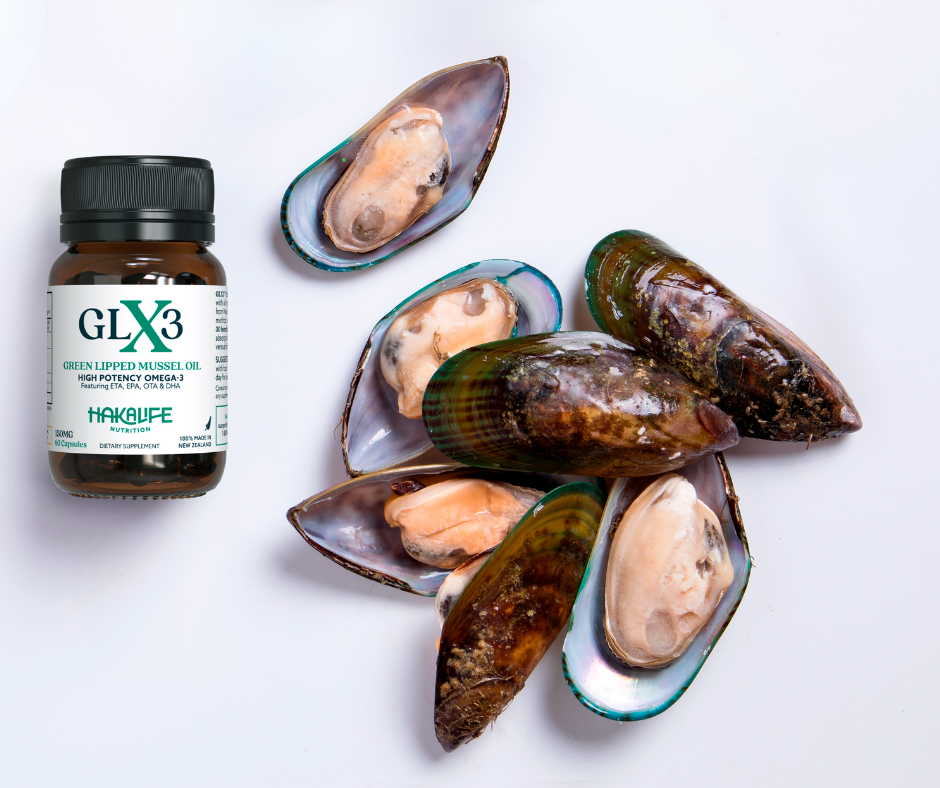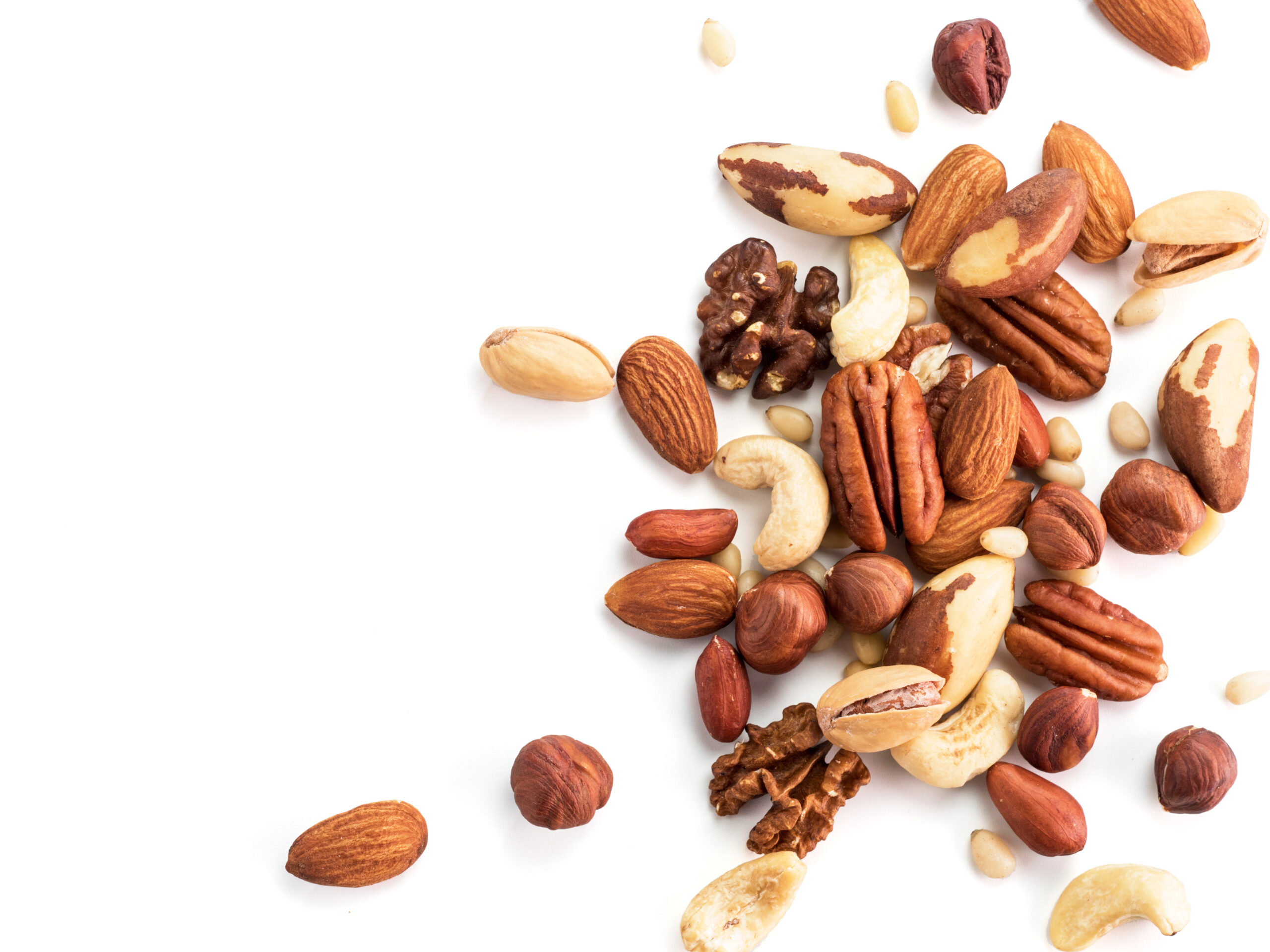Participants in action sports have heard it over and over — “Better take it easy, or your knees will bother you when you’re older!” Whether you’re a skier, a cyclist, a snowboarder, an ice skater — action sports have the reputation of leading to joint issues down the line. Thing is, rarely are statements like this accompanied by proof.
The key thing to remember here is that osteoarthritis is a degenerative disease — it is caused by the wearing of the protective tissue on the ends of bones. During normal movements, the bones, particularly around the joints, don’t have the protective tissue there to prevent rubbing and further deterioration. As such, arthritis pain kicks in.
And if you’ve spent much of your life participating in an active sport such as skiing or bicycling, you likely know the pain. Because these sports revolve around repetitive motion, it’s those same joints that you use each time that lose their protective tissue. But is it the sport’s fault? Let’s take a look, and dive into some ways that you can minimize the likelihood of developing osteoarthritis even after years of participating in an action sport.
Action sports are rarely the sole cause of osteoarthritis
Before you hang up the skis or give that skateboard to a younger counterpart, consider this: activity actually strengthens cartilage, much more so than doing nothing does. This is true whether that activity comes from cycling long distances or walking to and from work each day. Regularly participating in an action sport can benefit your joints and bones, as long as you participate safely and avoid overdoing it. When your body is tired or sore, call it a day (and consider taking the following day off to recover).
What’s far more common than the sport actually triggering osteoarthritis is that injuries relating to sports participation are to blame. Ligament injuries tend to amplify the odds of developing arthritic conditions because the injury can cause cell damage that is irreparable.
Stretch, stretch, and . . . keep loose
In order to minimize ligament tears or other injuries to the joints, it’s important to stretch beforehand to make sure you’re loose and ready to go. There’s no sense hopping right onto a tough ski run in the chilly morning air without taking a moment to warm up first — otherwise, you’re basically asking for problems down the line.
Do a Google search for stretches related to the sport of your choice (we offer a number of helpful tips and practices for exercising with arthritis) and get into the habit of performing them as a warm up.
At the end of the session, do a cool-down. This can involve similar stretching techniques and could also mean treating yourself to a hot tub session, jets on (maybe even a full spa treatment now and then — for health’s sake, of course).
As part of your recovery, keep active but not overly active for the remainder of the day. A bit of light walking can help to prevent soreness after your session — and if you have a stationary bike, a quick five-minute ride can have a similar impact.
And of course, yoga can do wonders (see our guide to yoga poses for arthritis). In addition to the stretching aspect, yoga focuses heavily on proper deep breathing techniques and helps you keep your body in sync from head to toe, including that all-important third eye. There’s no need to join a studio if it isn’t in your budget or preference — there are plenty of free videos on YouTube as well as online courses available from professional yoga instructors that are catered to osteoarthritis as well as action sports.
Keep active, even if that means changing activities
Ask a dedicated skier from Colorado at what point in life they plan to stop skiing and you’ll probably get an immediate one-word answer — “Never.” And it’s not just passion speaking — there’s plenty of scientific evidence pointing to the high amount of dopamine released by the brain while participating in action sports. You feel good, you’re having fun, and the body can form a sort of “addiction” to the activity in part because few other things in life offer such a rush.
The thought of giving up your favorite pastime is never easy. But if you’re in shape to do the activity osteoarthritis notwithstanding, it’s important to remember that you may only need to give it up temporarily.
An injury may have you sidelined, or excruciating joint pain may cause you to hang up the skis for a few powder days. Keep yourself active and healthy in order to get back to doing what you love. It may seem counterintuitive, but a sedentary lifestyle is actually more harmful for existing osteoarthritis patients than low-pressure exercise.
Walking is the best way for many of us to do this. The simple act of going for a long walk keeps your body and joints moving and helps prevent obesity. If you need a bit of motivation, head down to the library (on foot, if possible) and check out a copy of Torbjørn Ekelund’s book, In Praise of Paths. You’ll be ready to walk your way around town in no time.
Another option is to find a low-impact activity that doesn’t put pressure on the affected joints. Skiers may take pleasure from swimming for example, while runners might find cycling easier on their knees and ankles.
Skiers, snowboarders, and cyclists in many parts of the world have an advantage here because their activities are seasonal. If yours isn’t, it could prove beneficial to take a set amount of time off each year to let your body and joints recuperate.
Develop a plan for full-body health
Of course, exercising isn’t nearly as effective if you aren’t complementing the effort with a healthy diet. Fresh and natural foods with high amounts of omega-3 fatty acids help to keep joint pain and inflammation in check. And, a proper diet helps maintain proper weight — a major factor here because obesity is among the major causes of osteoarthritis in younger populations.
An omega-3 supplement like GLX3 can bolster these efforts by ensuring that you get the recommended amount of healthy fats every day. When paired with a healthy diet and appropriate exercise, GLX3 can make the process of getting back to what you love easier.




















